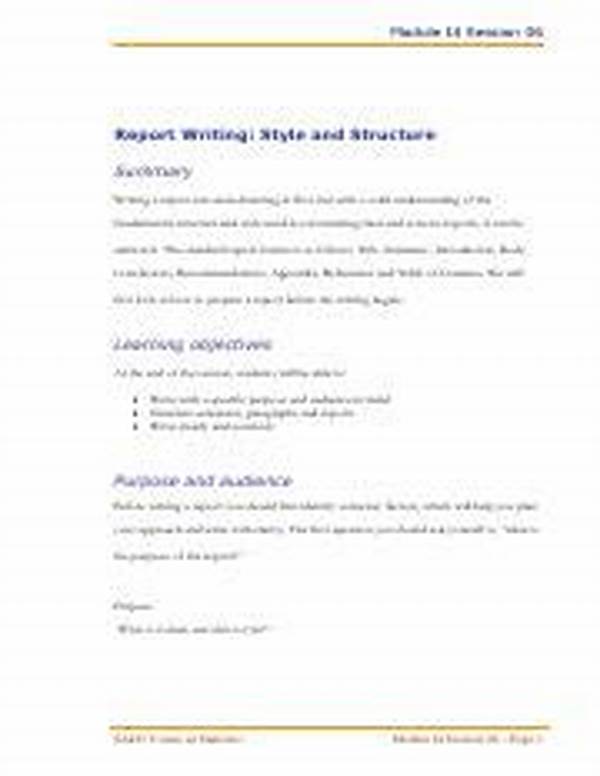Imagine sitting at your desk, staring at a blank report template, contemplating where to begin. Reports are meant to be informative, yet crafting them can feel more like a battle with verbosity. That’s where the ultimate “Acronym Playbook for Writing Clear and Concise Reports” steps in. This playful yet powerful approach could change how you convey essential details, eliminate fluff, and captivate your audience with a simple trick: acronyms. Whether you’re a veteran report writer or tackling your first assignment, this guide promises to bring clarity and precision to your reporting game.
Ready to demystify the art of acronymic prowess in report writing? Let’s dive in! You’re about to discover an arsenal that promises not just effective communication but an engaging experience, tailored to fit the modern reader’s attention span. Through this blend of storytelling, humor, and strategic insight, you’ll find a report-writing revolution that balances both emotional and rational appeal. It’s like finding the perfect shoe that complements every outfit—no more fittings required!
Why Acronyms Matter in Report Writing
Acronyms are not just tools for brevity; they are the linchpin of memorable and impactful reporting. We live in the age of information overload—each word matters, and each line competes for attention. A well-placed acronym can distill complex ideas into digestible bites, simplifying retention and comprehension for your readers while adding a dash of professionalism and flair to the presentation.
Imagine presenting intricate data with effortless elegance, impressing your boss with your knack for reducing lengthy prose into concise, memorable segments. Acronyms serve a dual purpose: they streamline your writing and act as mnemonic devices, ensuring that your most crucial points remain etched in the minds of your audience long after they’ve digested your report.
The Power of the Acronym
In the “Acronym Playbook for Writing Clear and Concise Reports,” you harness the power of word economy. Acronyms like SMART (Specific, Measurable, Achievable, Relevant, Time-bound) or KISS (Keep It Simple, Stupid) are not just catchy—they’re transformative. They encourage a methodical approach, lending clarity not just for the reader, but for the writer as well.
1. SMART Goals: Let’s say you’re drafting a progress report. Aligning your objectives with the SMART criteria ensures that every goal is clear and actionable, cutting out unnecessary jargon.
2. KISS Principle: This beloved acronym reinforces simplicity, urging us to avoid complexity in favor of direct communication—a crucial aspect of any impactful report.
Crafting Your Own Acronyms
Creating your own acronyms is an art form. It’s where you marry creativity with function, birthing terms that are not just descriptive but also entertaining. Here’s how you can start constructing your playful acronyms:
Examples and Purpose of the Acronym Playbook
The “Acronym Playbook for Writing Clear and Concise Reports” is not just theoretical—it’s designed for practicality. Here’s how it can be applied across different scenarios:
Advantages of the Acronym Approach
A Smart Future with Acronyms
Think of the acronym playbook as a well-curated closet. It’s about having the right pieces to pull together a coherent ensemble—one that resonates, is efficient, and gets the job done in style.
When words are currency, let acronyms be your investment strategy to yield comprehensive, concise reports. It’s time to take action: implement this playbook and transform your reports from mundane to magical instantly. Whether it’s for everyday reports or once-in-a-lifetime presentations, the acronym approach ensures your reporting is both an art and a science.
Your journey doesn’t stop here. Take this playbook, make it your own, and start creating reports that not only inform but inspire. Welcome to a world where every word counts, and every report leaves an indelible mark.
